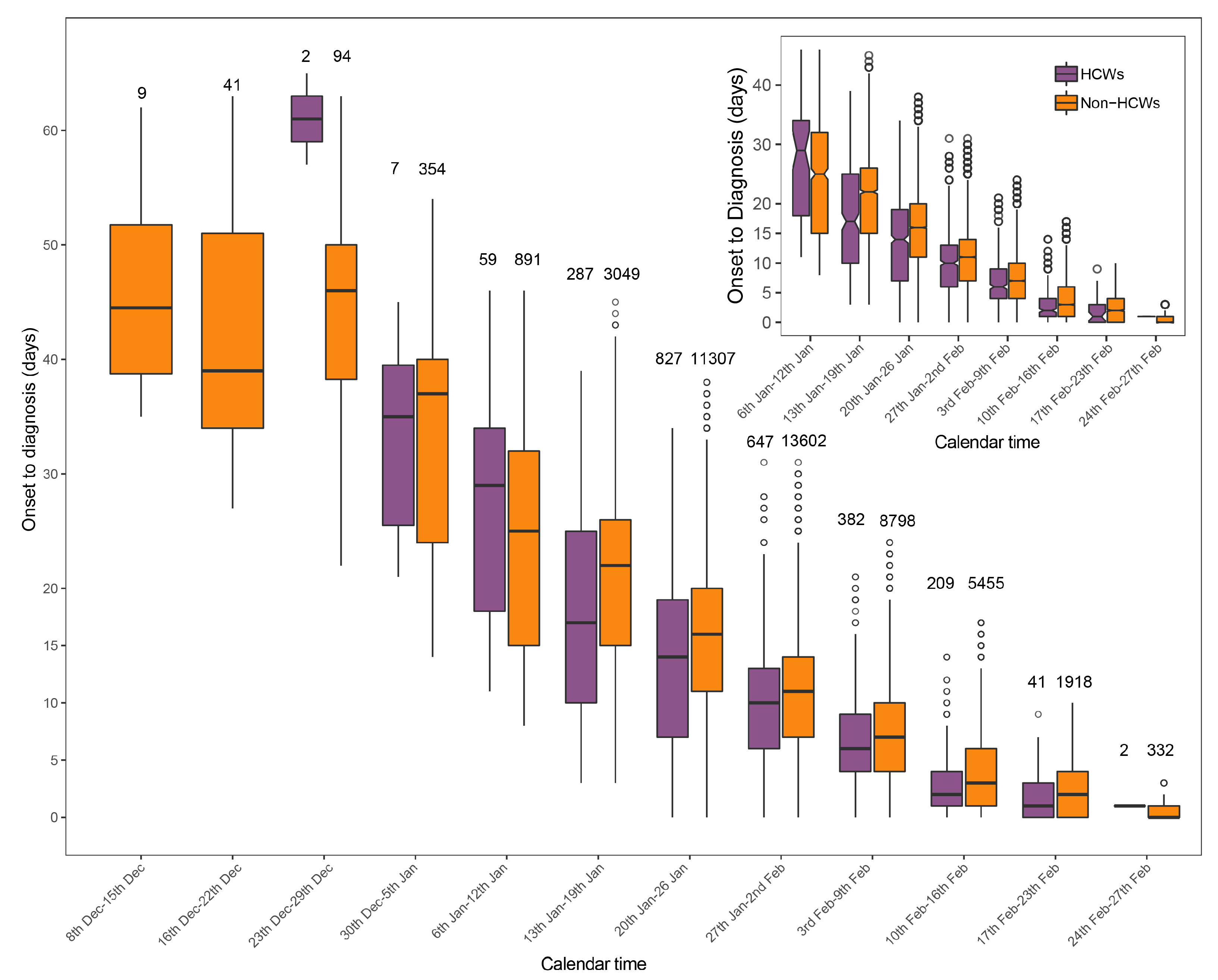JN.1 is the most frequently reported variant of interest (VOI) worldwide. It has been reported by 135 countries and accounts for 25.7% of sequences in week 29, down from 30.2% in week 26. Globally, the prevalence of KP.3.1.1 and LB.1, both variants under monitoring (VUMs) and descendant lineages of JN.1 increased. In week 29, which began on July 21, 2024, they made up 18.6% and 9.3% of sequences, respectively, compared to 9.4% and 7.6% in week 26. All VUMs, KP.3, KP.2, JN.1.7, and JN.1.18, are declining. In week 29, KP.3 was responsible for 29.4% of sequences, down from 32.8% in week 26, and KP.2 was responsible for 12.8%, down from 15.3% in week 26.
The number of new cases and deaths worldwide increased by 30% and 26%, respectively, over the 28 days (24 June to 21 July 2024) compared to the previous 28-day period (27 May to 23 June 2024), with over 186 000 new cases reported in 96 countries (41%) and over 2800 new fatalities reported in 35 (15%) countries, respectively. Since the pandemic began, more than seven million deaths and over 775 million confirmed cases have been reported worldwide as of July 21, 2024.
46 and 35 nations provided data on COVID-19 hospitalizations and ICU admissions, respectively, at least once during the same period. Over 23,000 new hospital admissions and over 600 new ICU admissions were reported from the available data. There was an overall increase of 11% in new hospital admissions and 3% in new ICU admissions among the countries that consistently reported these data during the current and previous reporting periods, respectively.
The most recent COVID-19 Vaccination Insights Report for the first quarter (January-March 2024) was released by WHO. 9.8 million people received a dose of the COVID-19 vaccine worldwide in 73 Member States (MS) that reported the event, accounting for 22% of the global population. In the 60 MS groups that reported uptake, 4.9 million older adults received a dose, representing a 0.42 percent uptake rate thus far this year.

This issue includes the following:
Trends in SARS-CoV-2 test positivity at the global and regional levels The global and regional update on COVID-19 mortality and morbidity
an update on admissions to the ICU and hospitals.
An update on the variants of SARS-CoV-2 that are of interest (VOI) and those that are under surveillance (VUM).
As of 13 August 2024, the global epidemiological landscape of COVID-19 shows an increase in cases and deaths over the past month. Specifically, new case reports have risen by 30%, and deaths have increased by 26%, compared to the previous reporting period. However, it is important to note that these figures are likely underreported due to decreased testing and reporting in many countries.
Regionally, different parts of the world are experiencing varying trends. The Americas and Europe have seen significant increases in both cases and deaths. In contrast, Africa and South-East Asia report a decrease in new cases, with some countries even witnessing a substantial drop in mortality. Notably, the Republic of Moldova, Belgium, Switzerland, and Mexico have reported elevated test positivity rates, indicating higher SARS-CoV-2 activity in those areas.
Regarding variants, the JN.1 variant remains the most reported globally, found in 135 countries and accounting for over 25% of sequences in week 29 of 2024. Other variants under monitoring, such as KP.3.1.1 and LB.1, have gained prevalence.. Wastewater surveillance, which tracks viral circulation, continues to be a critical early-warning system for potential outbreaks, revealing that clinical case reporting often underestimates the actual spread.
The ongoing data highlight the importance of continued vigilance and monitoring, even as the COVID-19 pandemic transitions to a phase of long-term management rather than emergency response. This shift is reflected in the World Health Organization's updated dashboard and strategic plans for 2024-2025.
As of the COVID-19 epidemiological update on 13 August 2024, the pandemic continues to exhibit both upward and downward trends in various regions globally. Key metrics, such as test positivity rates and new cases, have been closely monitored by the World Health Organization (WHO) as part of their ongoing efforts to track the virus's evolution and impact. The update reveals that several countries are still grappling with heightened transmission, especially in Europe and the Americas, while other regions such as Africa and South-East Asia have witnessed a decrease in case numbers and related fatalities.
Regional Differences in COVID-19 Trends
Europe: Europe has reported a marked rise in both COVID-19 cases and deaths, with a 43% increase in cases and a 31% increase in deaths during the latest reporting period. Countries like Italy, the United Kingdom, and Greece have been particularly hard hit, reflecting broader regional patterns of escalating cases. This uptick is also correlated with a rise in hospitalizations, prompting renewed concerns about the strain on healthcare systems. The spread of newer subvariants, particularly in countries like Belgium and Spain, has contributed to this wave of infections.
The Americas: The Americas saw a significant increase of 40% in reported cases, with the region now responsible for a substantial share of global infections. The United States, Brazil, and Mexico continue to report high case counts, although deaths have increased at a slightly lower rate (26%) compared to new infections. Countries like the United States and Argentina are observing the emergence of new variants, which may be fueling the rise in cases.
Africa and South-East Asia: On the other hand, the situation is somewhat more favorable in Africa and South-East Asia. In Africa, case numbers have decreased by 28%, and deaths have increased by more than 100%, though the overall numbers remain low in comparison to other regions. Similarly, Southeast Asia reported a 24% decrease in cases, which has resulted in a reduction of 17% in deaths. This suggests that, despite fluctuations, these regions have not experienced the same intensity of COVID-19 resurgence seen elsewhere.







